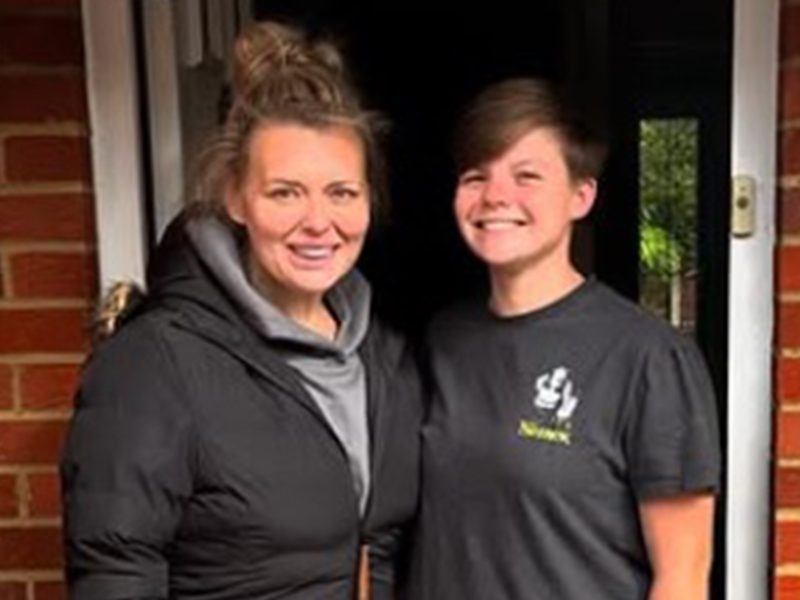Marianne Bachmeier’s life was forever changed on May 5, 1980, when her seven-year-old daughter, Anna, was kidnapped, abused, and murdered by 35-year-old sex offender Klaus Grabowski. The tragic event would set off a chain reaction of pain, anger, and ultimately, a quest for justice that would divide a nation.
Grabowski, a convicted sex offender, had a history of abusing children. He had previously been imprisoned for sexual assaults on two girls and had even undergone voluntary castration in 1976. However, he later reversed the procedure through hormone treatment, allowing him to lead a seemingly normal life.

The trial of Grabowski was a painful and emotional experience for Marianne. The accused denied sexually abusing Anna, instead claiming that the young girl had tried to seduce and extort him. This outrageous claim pushed Marianne to the edge, and on March 6, 1981, she took matters into her own hands.
During the third day of the trial, Marianne smuggled a loaded pistol into the courtroom and opened fire on Grabowski, shooting him seven times. The accused died instantly, and Marianne was arrested on the spot. Her actions sparked a heated debate across Germany, with some hailing her as a hero and others condemning her as a vigilante.
Marianne’s past was soon scrutinized by the media, revealing that she had given up her first two children for adoption. This discovery tarnished her image as a devoted mother, and public opinion began to shift. In 1983, Marianne was convicted of premeditated manslaughter and unlawful possession of a firearm, receiving a six-year sentence. She served only three years before being released.

The case of Marianne Bachmeier continues to be debated to this day. While some see her actions as a justified response to a heinous crime, others believe that she took the law into her own hands, undermining the justice system. Marianne’s story serves as a poignant reminder of the devastating consequences of crime and the complexities of the human desire for justice.

Marianne passed away on September 17, 1996, and was buried next to her beloved daughter Anna. Her legacy remains a topic of discussion, with many questioning whether her actions were those of a grieving mother seeking justice or a vigilante taking the law into her own hands.




